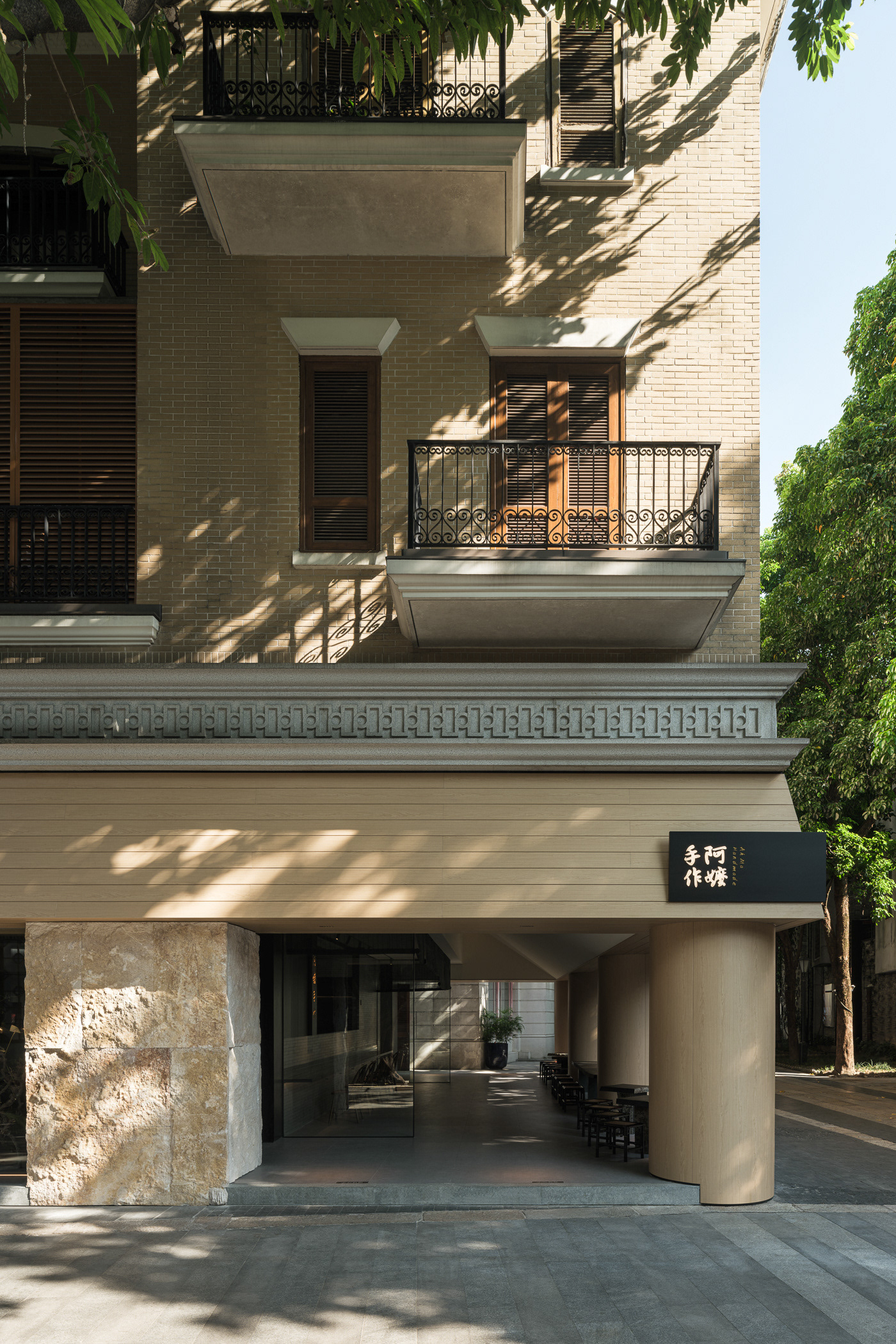

Our goal was to make the previously inaccessible rooftop of the Tour d’Aiguillage Wellington open to the public. By bringing it down to ground level, we created a space that can be enjoyed by everyone. Scaling down by a factor of 4, an iteration of the rooftop served as a soil bed for growing medicinal plants that can be shared with the community.
The edges of the structure serve as seating areas for the public to relax. Within the soil bed, a brightly colored metal structure spelling “stand:by” in the typography of a seven-segment display serves as a commentary on the cultural incubator project that has remained inactive for several years.

© Vincent Brillant Photographe
As we began contemplating the tower, we realized that it symbolized a kind of urban failure. Our main challenge was to address the issue of sociocultural accessibility to the space without succumbing to anger or angst; it is important to acknowledge the underlying tension within the space, especially considering its constant evolution, definition, and redefinition.


© Vincent Brillant Photographe
This approach to the space is particularly relevant, in relation to the Tour d’Aiguillage Wellington, which has become a method of wayfinding at the Lachine Canal & Peel Basin. In 2015, it was slated to become a cultural incubator for the community, but unfortunately, these plans were indefinitely postponed due to the construction of the REM. Given the rapid changes and gentrification that surround the building and its location, we have decided to concentrate on establishing a fresh and shared sense of community connection to the building’s form. This involves recognizing and highlighting the significant sustainable (both environmental and sociocultural) potential that resides within it, as a cultural artifact.

stand:by would not have been able to come to life without partners-in-crime:
Fiza
Josée Brouillard
Liliana Kovač
Riesbri

materials: reclaimed wood (municipally-felled ash trees, recuperated construction debris), reclaimed metals (recuperated construction rebar), reclaimed medicinal plants
this public art project was made possible through the Réseau express métropolitain's temporary public art program, in conjunction with the ville de Montréal, and hosted by Concordia University








